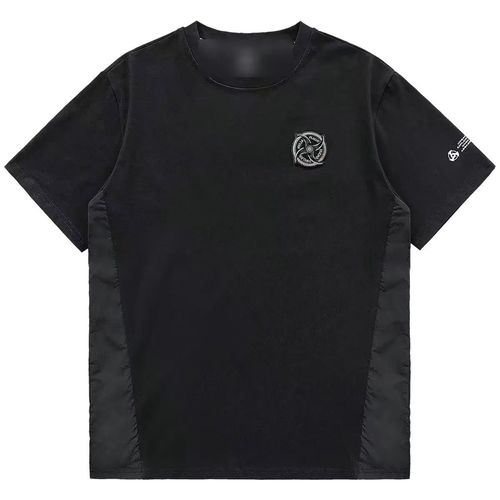The matching of clothing colors is an important part of creating an overall effect. The following are some matching tips to help you learn how to match clothing colors to increase the overall effect:
1. Understand the basic color matching rules:
– Contrasting color matching: Choose complementary or opposing colors for matching, such as red, green, blue, orange, etc. Contrasting color matching can produce a strong visual impact and increase overall vitality and personality.
– Similar color matching: Choose colors with different brightness or saturation in the same hue to match, such as light blue and dark blue, pink and rose red, etc. Similar color combinations can create a soft and harmonious feel, adding to the overall sense of warmth and comfort.
– Monochrome matching: Choose clothes with different brightness or saturation of the same color to match, such as dark gray and light gray, navy blue and sky blue, etc. Monochrome combinations can create a simple, smart image and highlight the cut and texture of clothing.
2. Consider skin color and hair color:
– Understand your skin color and hair color, and choose the appropriate clothing color. Generally speaking, people with lighter skin are suitable for choosing bright and cool colors, such as white, pink, light blue, etc.; people with darker skin are suitable for choosing darker and saturated colors, such as red, purple, dark green, etc.
– Different hair colors can also be chosen according to warm and cool tones. People with cool hair color should choose cool-toned clothing, such as blue, green, gray, etc.; people with warm hair color should choose warm-toned clothing, such as red, orange, yellow, etc.
3. Use neutral colors to balance the whole:
– Neutral colors are basic colors such as black, white, gray and brown. Can be matched with any color and balance the overall effect. For example, in clothing matching, you can use neutral colors as the main color, and then add one or two bright or contrasting colors for embellishment, creating an overall balanced effect without losing personality.
4. Skillful color matching:
– Use color matching tools: When choosing clothing colors, you can use some color matching tools to Auxiliary tools, such as color matching software, online color matching websites or color matching cards, can help you find a suitable matching solution.
– Draw inspiration from matching: You can refer to the matching of some fashion magazines, fashion bloggers or celebrities to draw inspiration from them and learn their clothing color matching skills.
5. Try new combinations:
– Constantly trying new combinations is a process of exploring personal style and improving matching skills . You can combine some unexpected colors to challenge your visual experience, which may produce unexpected effects.
It should be noted that there are no fixed rules for matching clothing colors. The key is to choose a color combination that suits you based on your personal style, skin color and preferences. . With the accumulation of practice and experience, you will become more and more skilled in matching clothing colors and show a more personalized overall effect.






